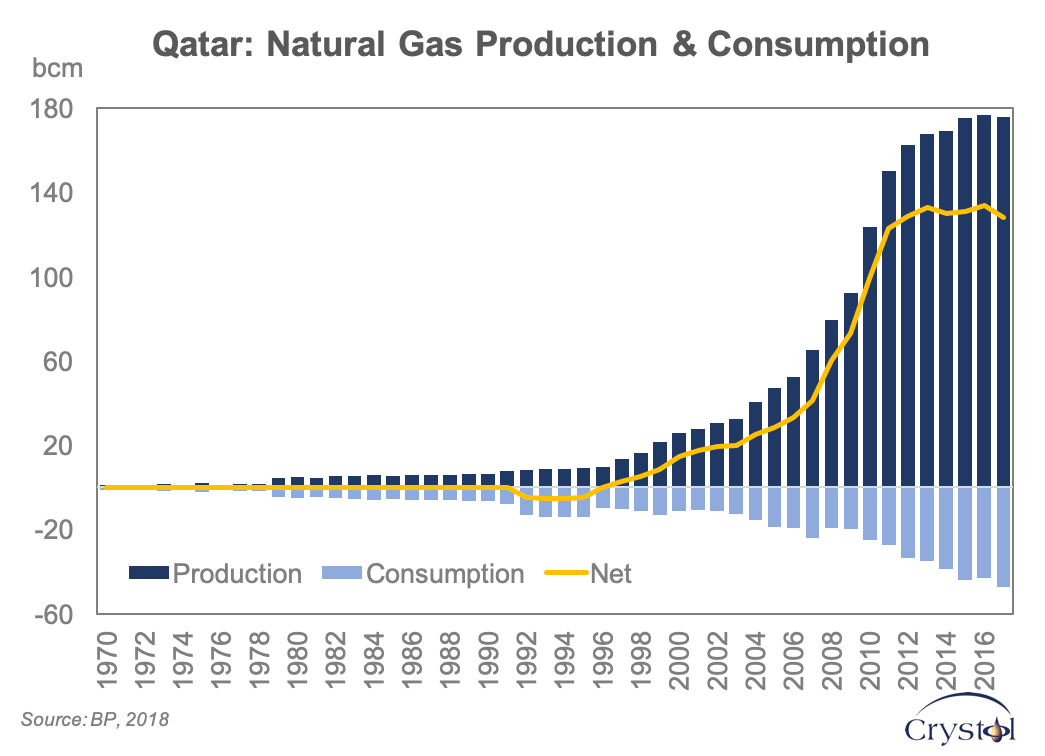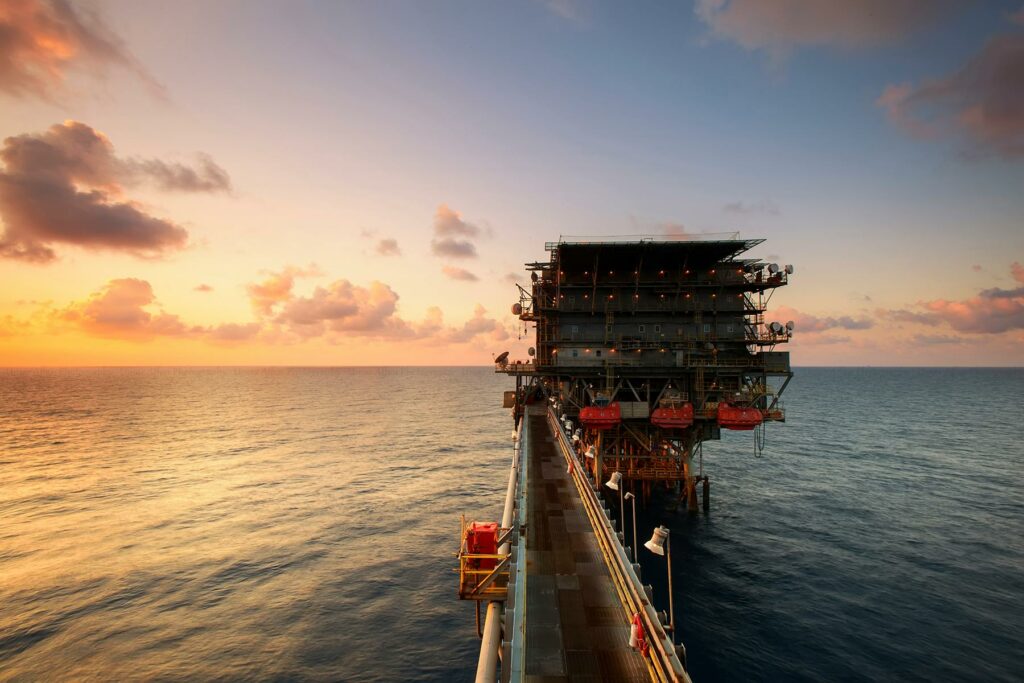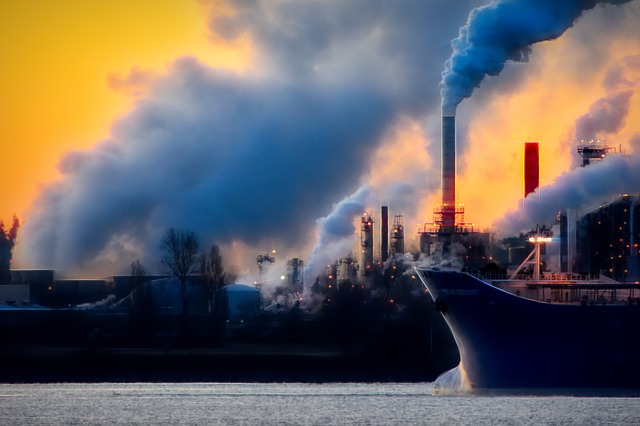Dr Carole Nakhle
Qatar has been an outlier on several fronts compared to its Middle East neighbors. Capitalizing on its natural gas reserves is one of them. Although the Middle East holds 41 percent of the world’s proven natural gas reserves, it accounts for only 18 percent of global gas production. In the region, just two countries – Qatar and Oman – are net exporters, of which only Qatar is significant worldwide. Oman’s gas reserves, production and exports are only a fraction of Qatar’s. Excluding Qatar, the Middle East is a net gas importer; with it, the region is the largest liquified natural gas (LNG) exporter in the world. Qatar is an LNG powerhouse, holding one-fifth of global gas liquefaction capacity.
Following several years of a self-imposed moratorium, Qatar has recently announced significant LNG expansion plans, setting the stage for a major shift in the outlook for LNG markets. If all goes according to plan, Qatari LNG will hit the market at the right time, when tightness is most expected. However, growing competition is forcing Qatar to rethink its practice.
Related Analysis
“GIS Dossier: The shale gas revolution”, Dr Carole Nakhle, May 2019
“The U.S. shale revolution continues to alter gas markets”, Dr Carole Nakhle, Apr 2019
“Australia’s LNG woes herald changes in global market”, Dr Carole Nakhle, Jul 2016









